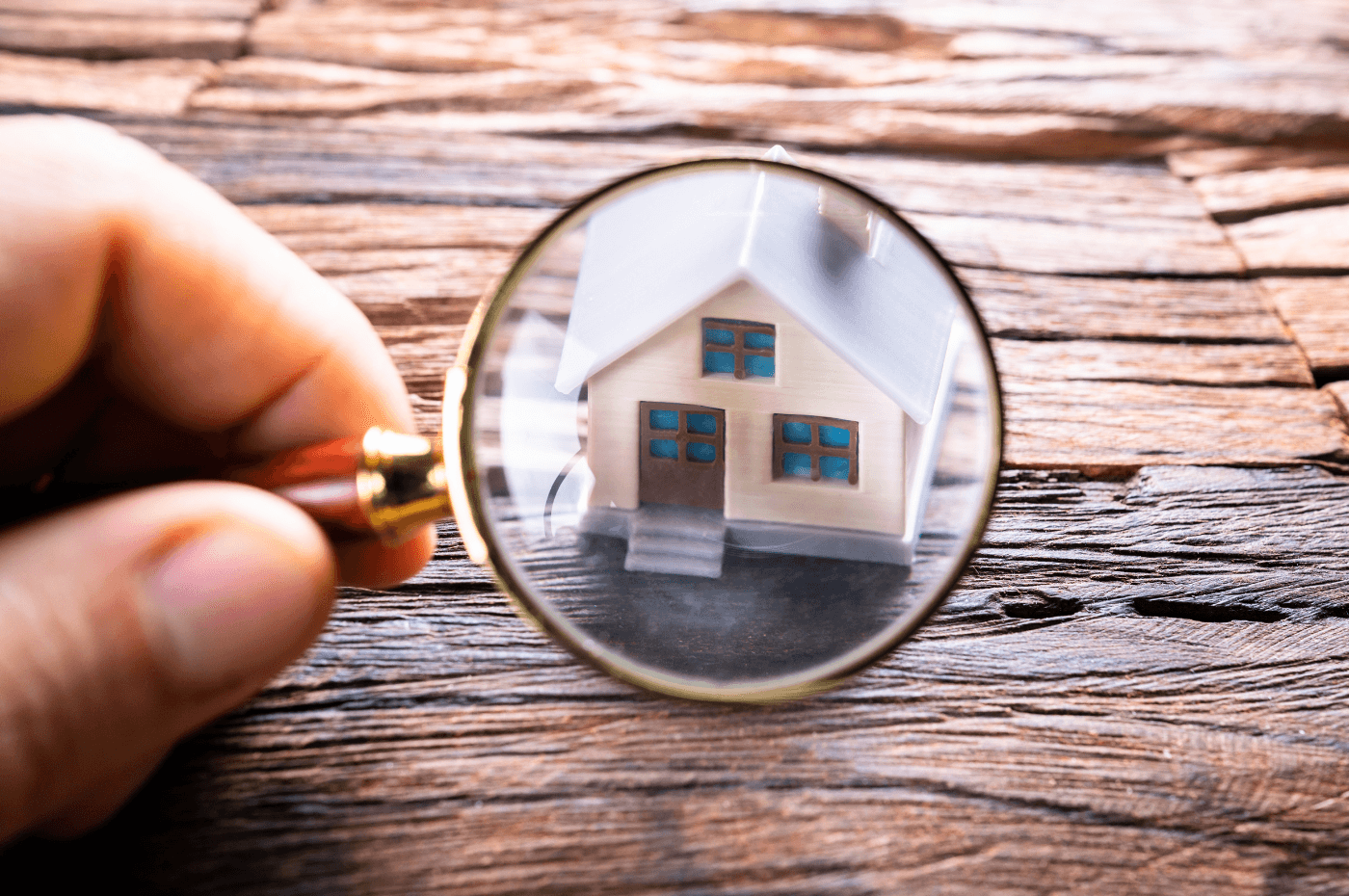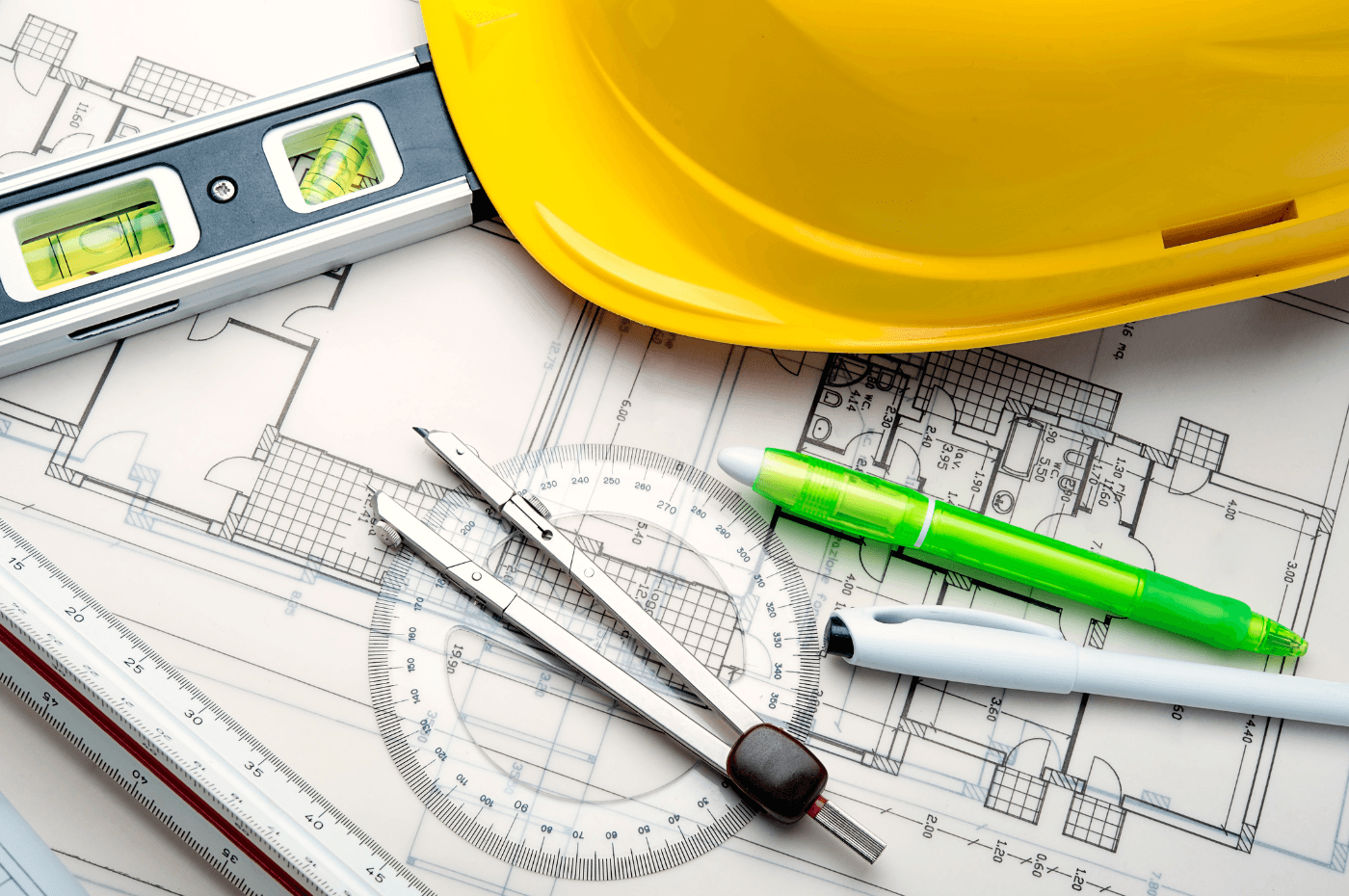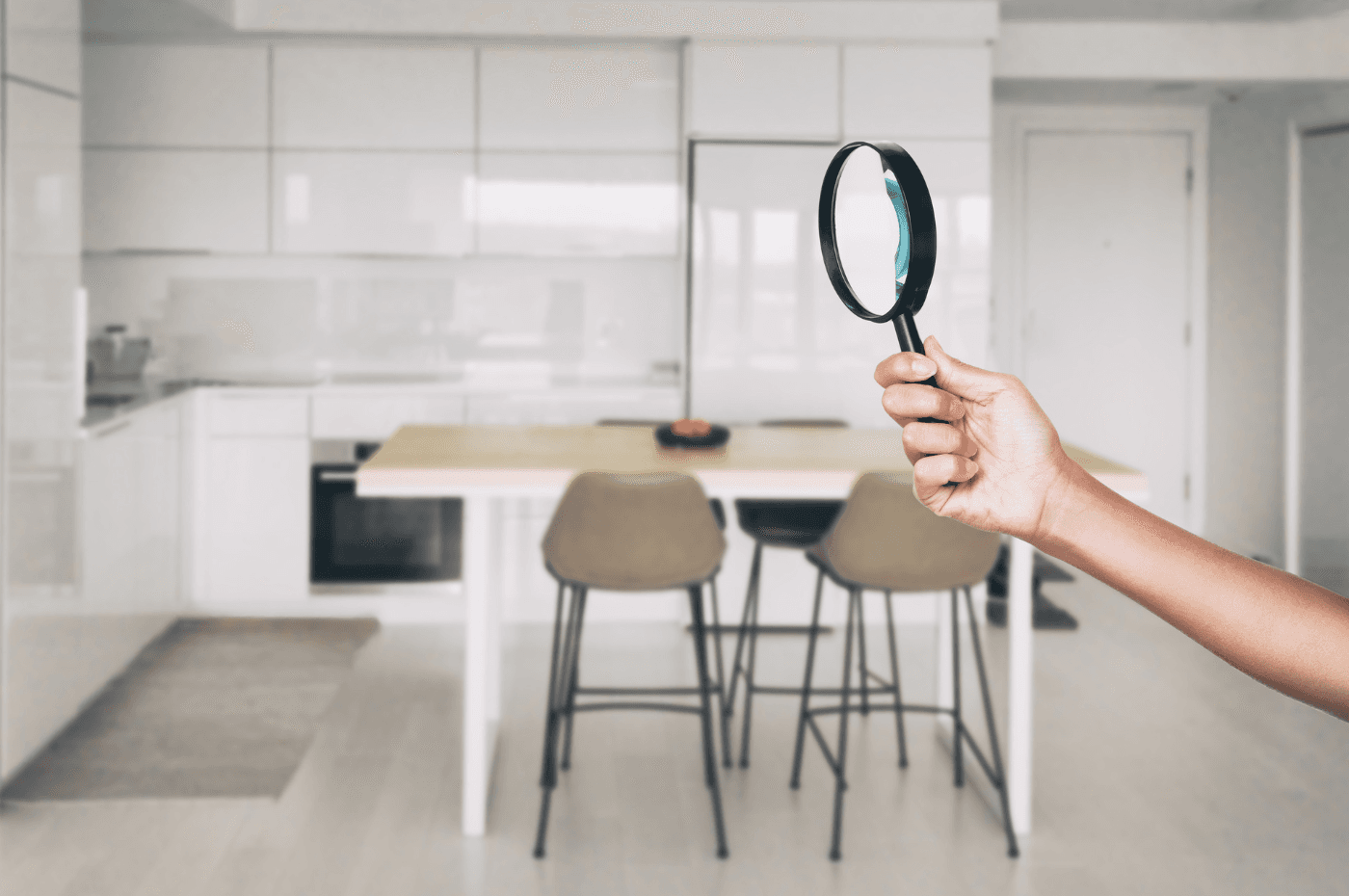Building inspections are crucial, especially before buying a new property. While a pre-purchase inspection is valuable, it might not always uncover every potential issue.
Even with a thorough building inspection by a qualified expert, some anomalies may necessitate further investigation. In such cases, the inspector might suggest supplementary tests to pinpoint the underlying issues.
Here are examples of additional tests that could improve the overall inspection of your future property.
-
Pyrite testing
Pyrite testing is essential for properties, especially in areas like basements or garages where it can lie beneath concrete slabs. When pyrite comes into contact with moisture or oxygen, it can oxidize and cause significant issues such as swelling, lifting, or cracking of the concrete.
Repairing such damage can be extremely costly, often running into tens of thousands of dollars. If you suspect pyrite may be present in a property you're looking to purchase, it's strongly advisable to conduct a pyrite test.
This test will definitively determine the presence of pyrite and evaluate any potential damage, offering critical insights to help you make an informed decision about the property.
-
Radon testing
Radon is a gas produced by the decay of uranium found naturally in soil. This colourless, odourless, and invisible gas can infiltrate homes through cracks or gaps in concrete floors and foundation walls. Detecting radon requires specialized equipment for accurate assessment.
Exposure to radon over extended periods poses significant health risks, including an elevated risk of lung cancer. Therefore, highlighting the importance of detecting its presence as soon as possible.
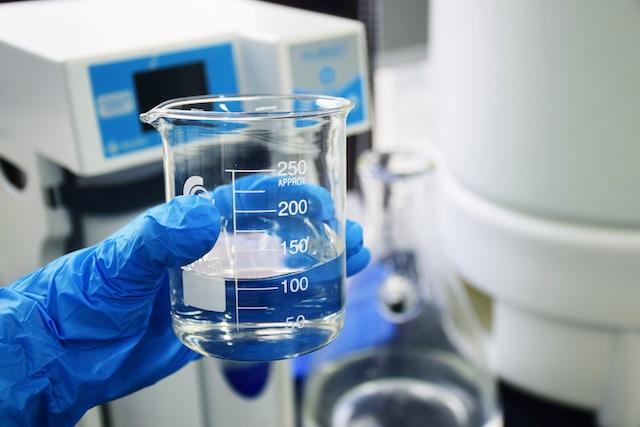
-
Water quality testing
When a property's tap water comes from the municipality, concerns are generally minimal. However, if the water source is an alternative one like an artesian well, ensuring its quality becomes critical.
Testing the water quality involves straightforward steps: collecting a sample of the water and sending it to a laboratory for analysis.
-
Indoor air quality testing
Indoor air quality is essential because people spend a significant amount of time indoors, engaging in daily activities. Ensuring that the air meets established quality standards is crucial for health and well-being.
However, indoor air can be compromised by external pollutants such as pollution and smog, as well as internal sources like chemicals and microorganisms. Areas with poor ventilation, such as basements, are particularly susceptible to these issues.
To prevent health risks associated with poor air quality, it is advisable to consider professional indoor air quality testing. This process can identify specific contaminants and facilitate targeted solutions to improve the indoor environment.
 Photo : Freepik.com (diana.grytsku)
Photo : Freepik.com (diana.grytsku)
-
Energy efficiency
Thermography utilizes infrared rays to measure surface temperatures of materials, making it a valuable tool for assessing energy efficiency in homes and identifying flaws in their structural envelopes.
By detecting variations in surface temperatures, thermography can identify issues such as:
- Air leaks
- Inadequate insulation
- Thermal bridges
- Other anomalies.
This technique is crucial for identifying specific areas where improvements in energy efficiency can be made, ultimately enhancing the overall performance of the property.
-
Smoke test
Smoke testing is a highly effective method for identifying leaks in drainage systems, detecting plumbing deteriorations, and locating potential entry points for pests such as rats into a property. This service is commonly provided by exterminators due to its comprehensive nature.
During a smoke test, smoke is introduced into the plumbing system under pressure. Any weaknesses or openings in the system cause the smoke to escape, which allows technicians to pinpoint the exact locations of leaks or potential entry points.
-
Camera Inspection
Additional tests such as drainage and sewer system inspections are essential, particularly when signs of malfunction such as odours, poor drainage, or excessive moisture are observed. In such cases, it's wise not to take chances and to initiate a preventative inspection promptly.
These inspections can uncover whether pipes need cleaning or replacement, allowing for early intervention to address potential issues before they escalate.
-
Phase 1 Environmental Assessment
If you're considering purchasing a commercial or industrial property, conducting a Phase 1 Environmental Site Assessment (ESA) is crucial before finalizing the deal. This assessment is often a prerequisite for obtaining financing from most financial institutions.
During Phase 1 ESA, an environmental expert performs a thorough investigation that includes a visual inspection and research into the site's history. They scrutinize past and current activities on the property and nearby areas to identify any potential signs of soil or water contamination.
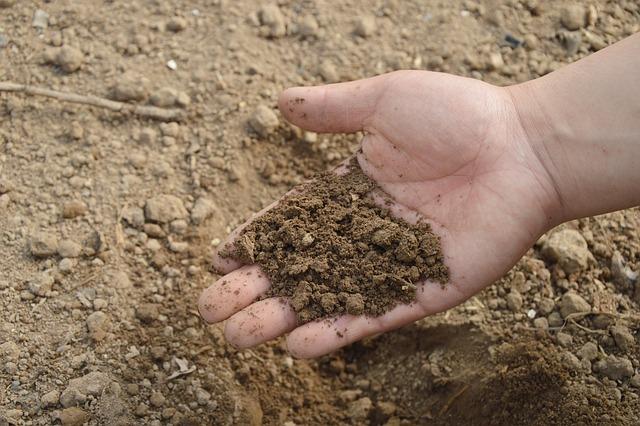
-
Phase 2 Environmental Assessment
If potential environmental concerns are identified during Phase 1, the next logical step is to conduct a Phase 2 Environmental Assessment.
Phase 2 typically involves soil sampling, where samples are collected from targeted locations on the property where contamination is suspected or needs further investigation. These samples are then sent to a laboratory for detailed analysis. The analysis aims to determine whether contaminants are present in the soil and whether they exceed regulatory limits set by environmental standards.
--
These additional tests complement standard building inspection by addressing specific areas that may be prone to hidden defects.
While thorough inspections are effective in minimizing risks, they cannot completely eliminate the possibility of unforeseen issues. However, by exercising diligence and caution through these supplementary tests, the likelihood of discovering hidden defects is significantly reduced. This proactive approach ensures that property investments or maintenance decisions are well informed and based on a comprehensive understanding of the property's condition.
Are you looking for a building inspector?
XpertSource.com can help you in your efforts to find a building inspector. By telling us about your project, we will refer you to top-rated experts, free of charge! Simply fill out the form (it only takes 2 minutes) and you will be put in contact with the right experts.

